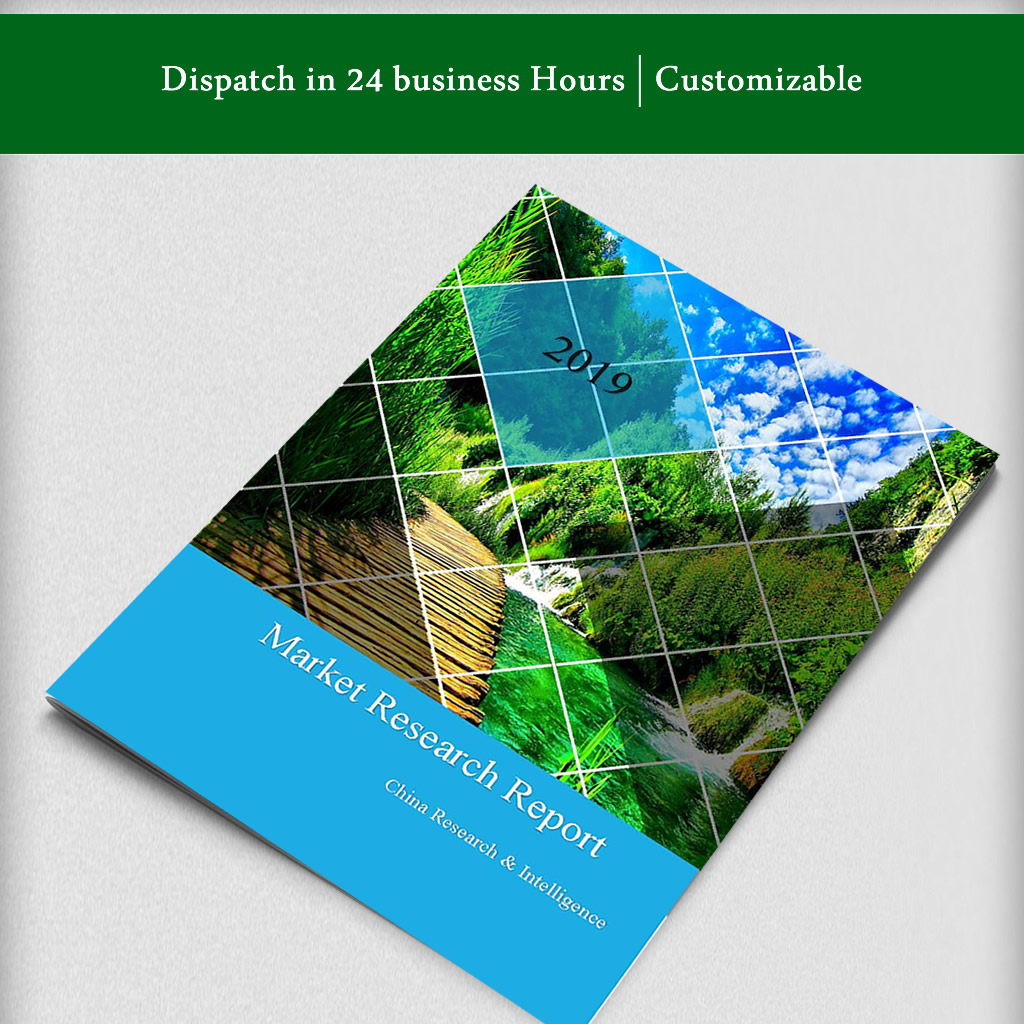Description
Market analysis
Lately, different mechanical headways prompted the automation of the healthcare sector which has empowered the controlled utilization of healthcare systems and related innovations. This has reduced the requirement for human labor in the generation of products and services. Expanding pervasiveness of the chronic diseases like diabetes, cancer and others alongside the developing pharmaceutical and biotechnology industry are the significant drivers for the market development of the global medical automation market amid the forecast period. The growing demand for robotic surgeries is also boosting the growth of the market. Besides, it is recommended that blood transfusion rates amid robotic medical procedures are insignificant when contrasted with the open medical procedure blood transfusion rates that might be up to 40%. However, the higher automation costs, improper training of the physicians and the risks of performing robotic surgeries are hampering the market growth. The global medical automation market is projected to grow at a CAGR of 7.0% during the forecast period (2017-2023).
Market segmentation
The global medical automation market is distinguished on the basis of its end users and type. Based on its end users, the market is sectioned into pharmacies, research labs & institutes, hospitals, and diagnostic centers, research labs & institutes, among others. On the basis of its type, the global medical automation market is classified into therapeutic automation, diagnostic & monitoring automation, medical logistics & training, lab & pharmacy automation, and others.
Regional analysis
Geographically, the global medical automation market is divided into global regions like Europe, North America, Asia- Pacific, Middle East, LATAM, and Africa.
Major players
The major industry players included in the global medical automation market are Siemens AG, Koninklijke Philips N.V., GENERAL ELECTRIC, Accuray Incorporated, Medtronic, Stryker, Danaher, among others.


